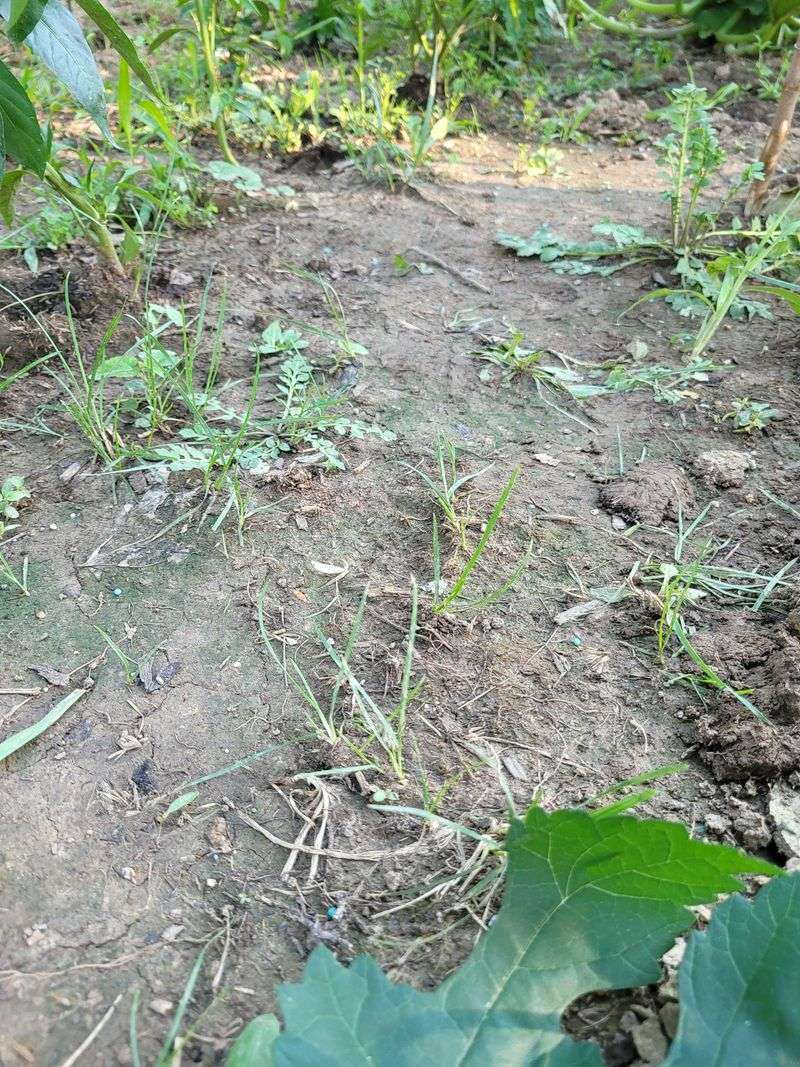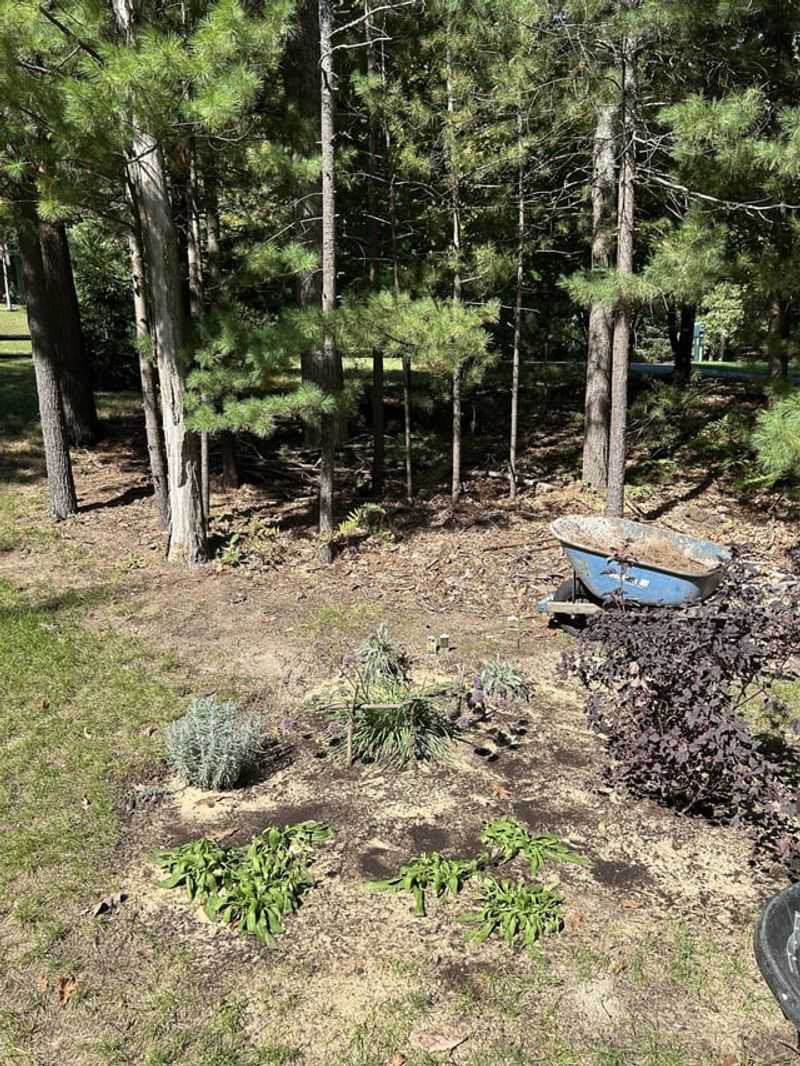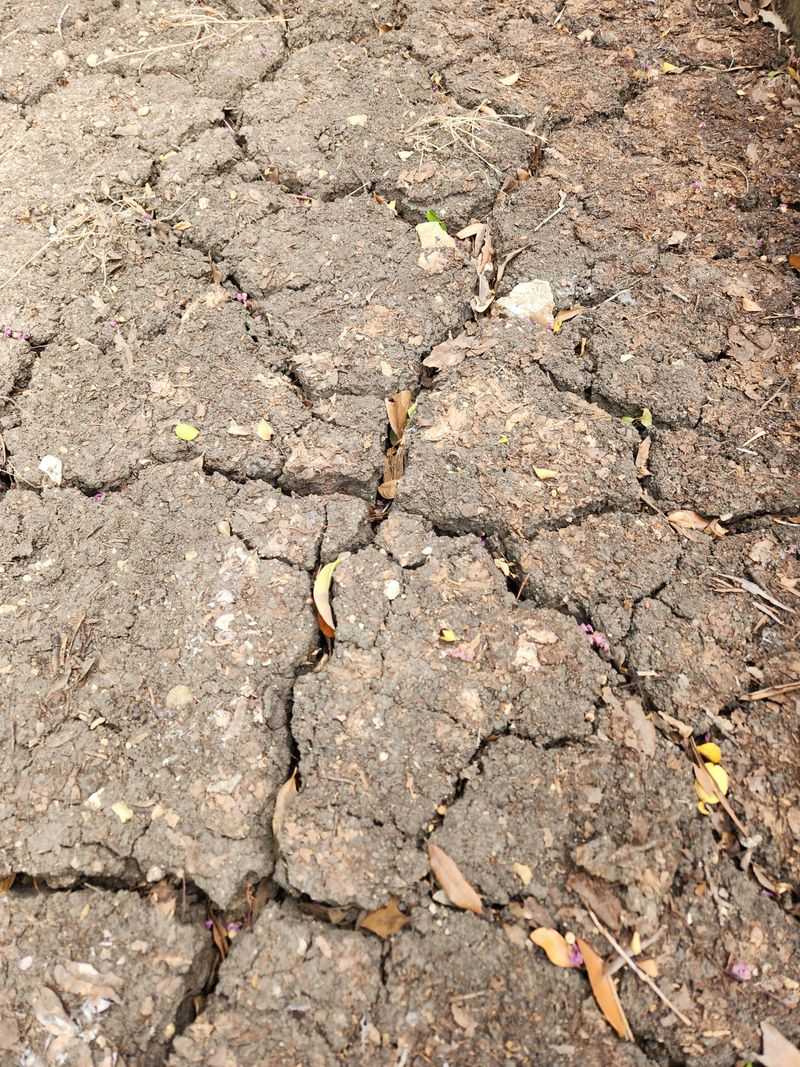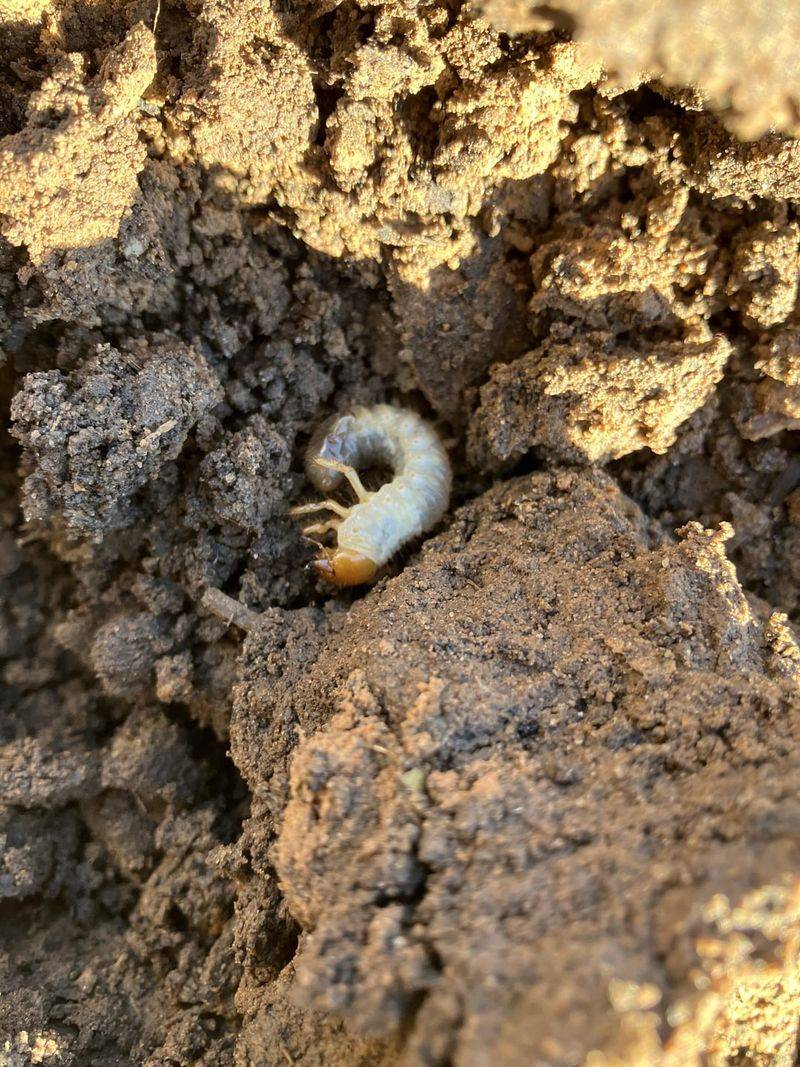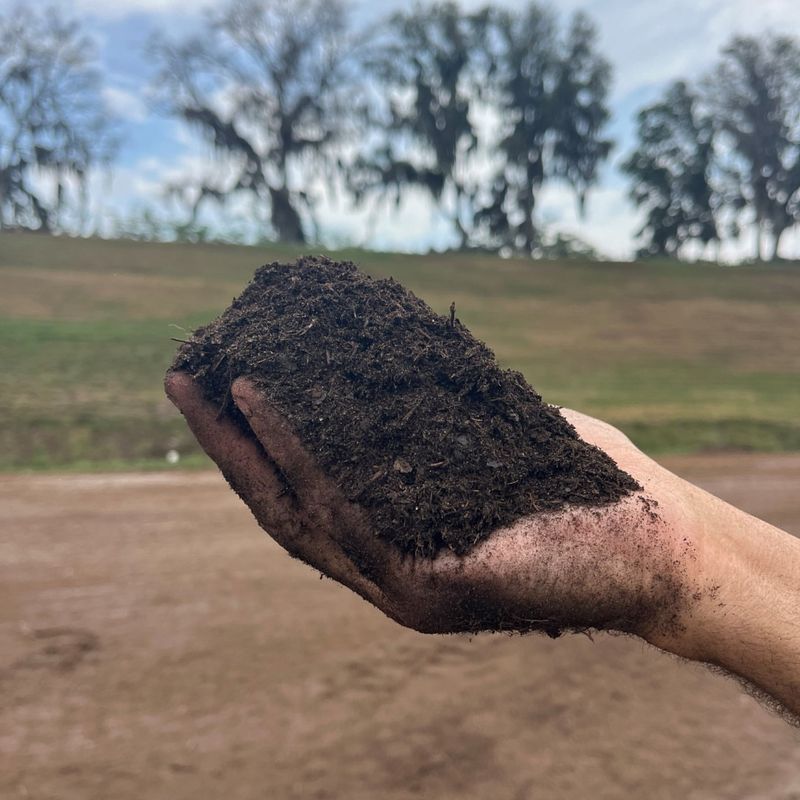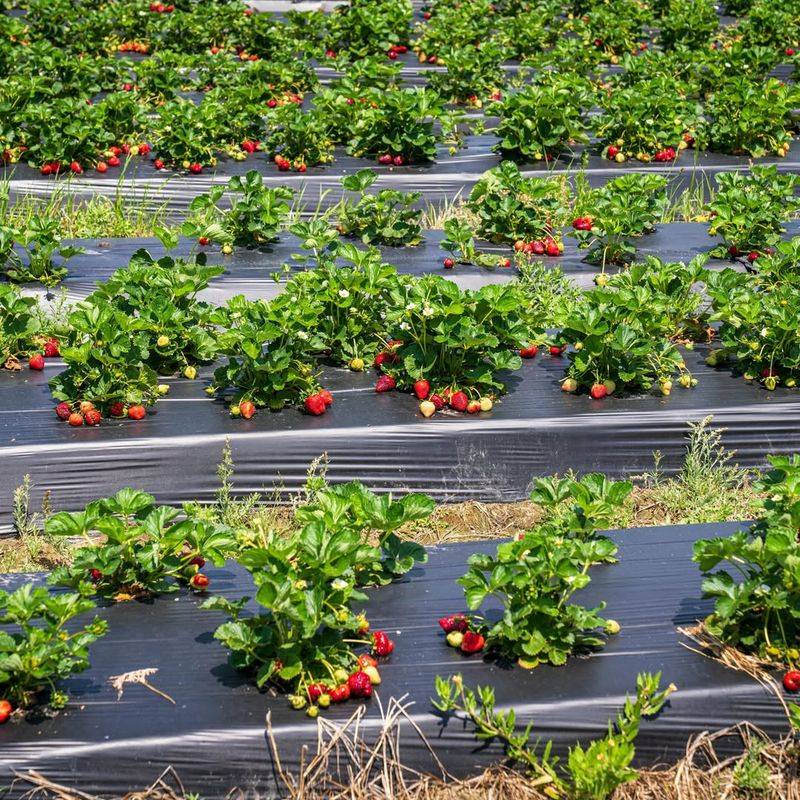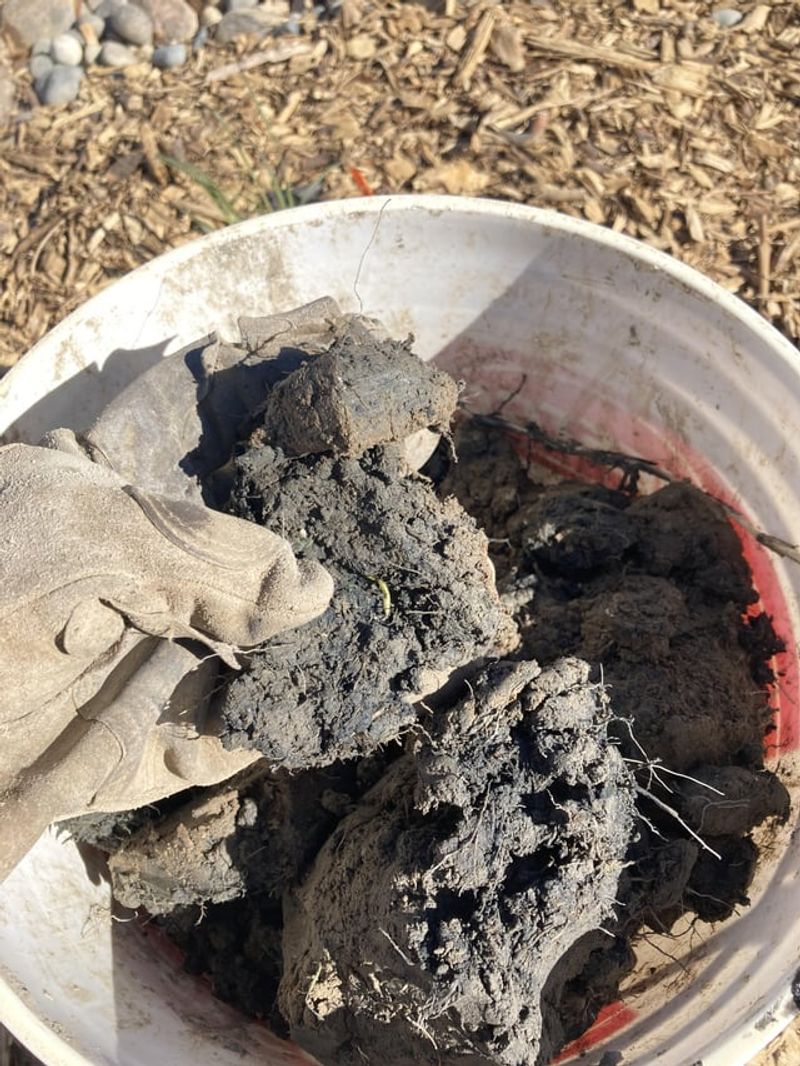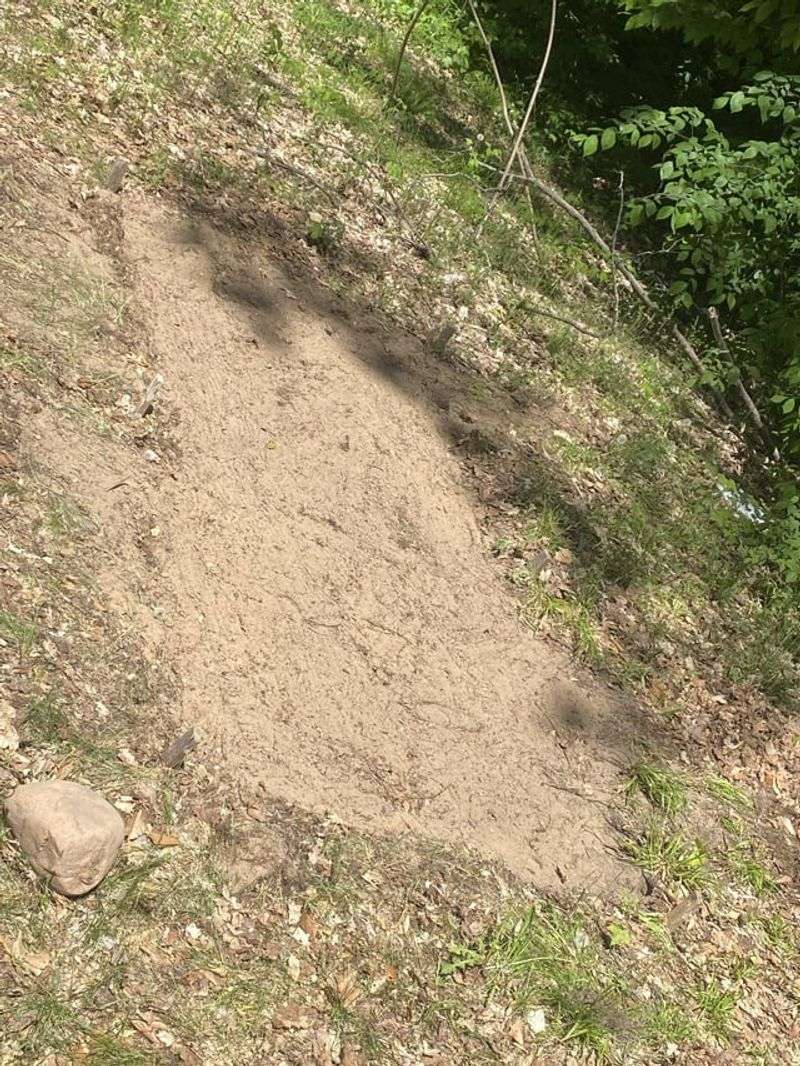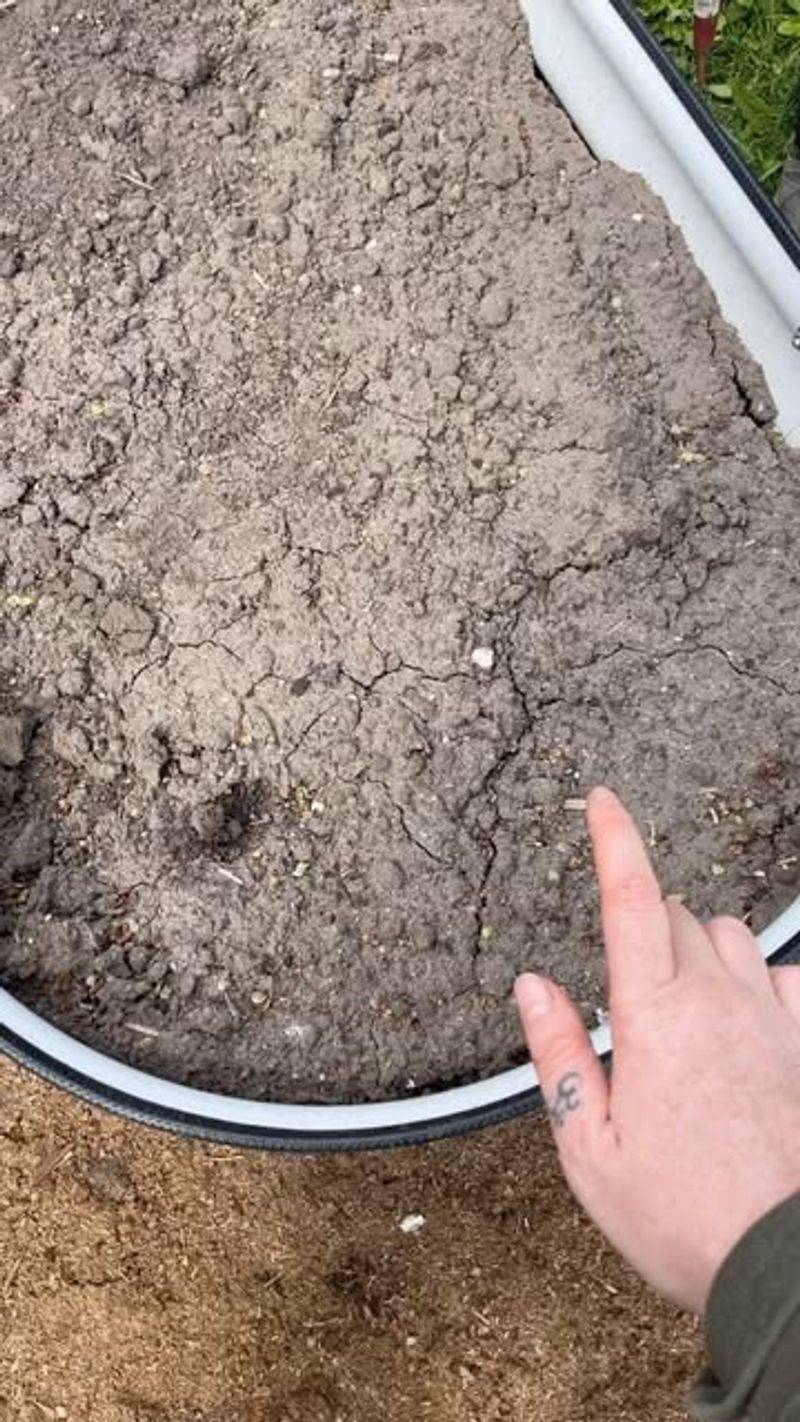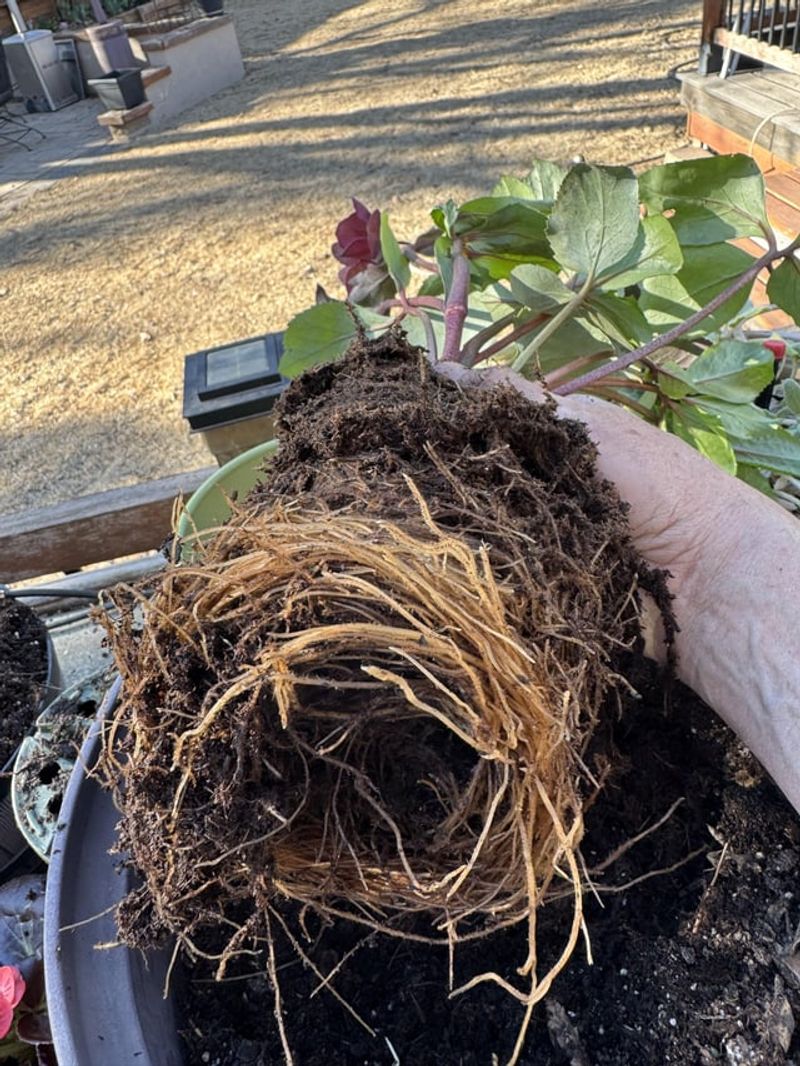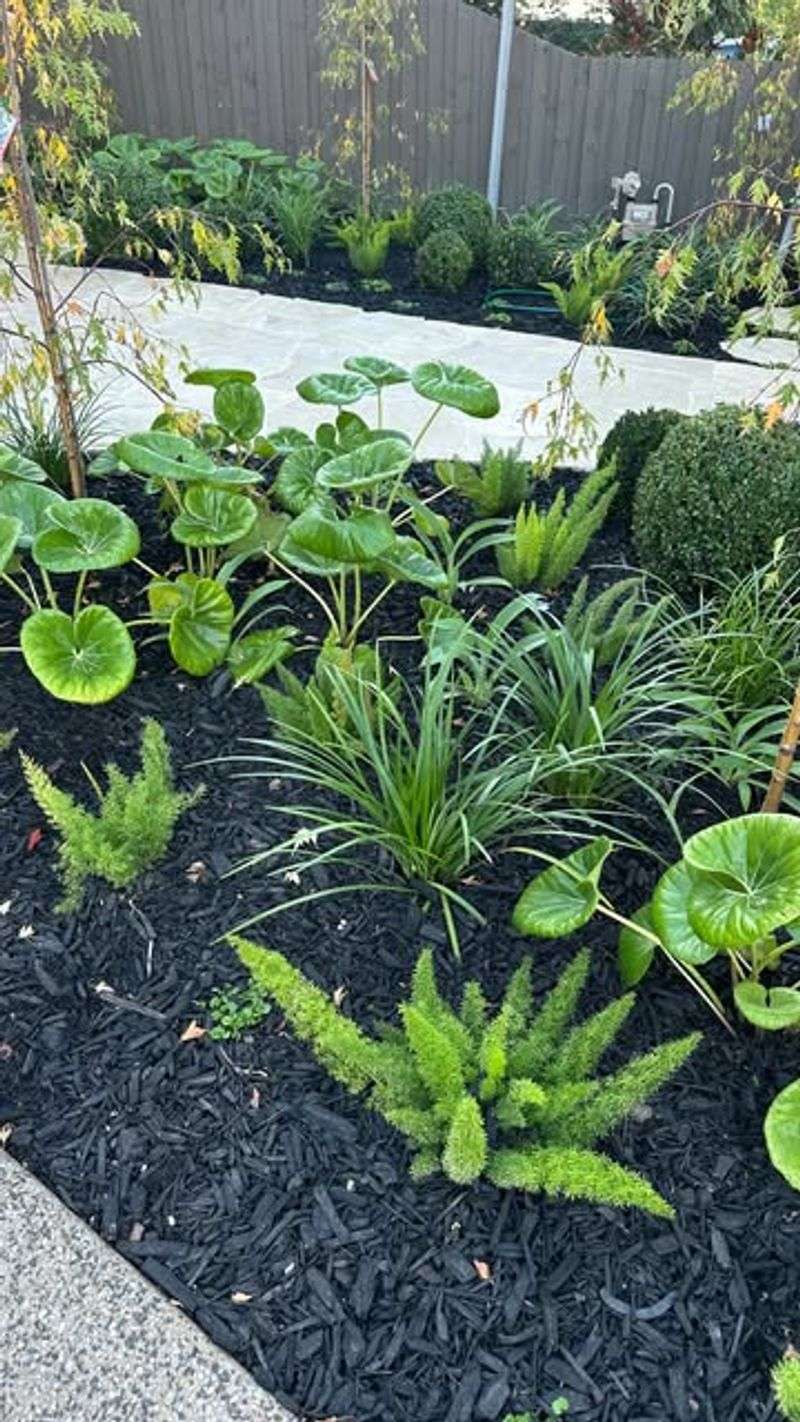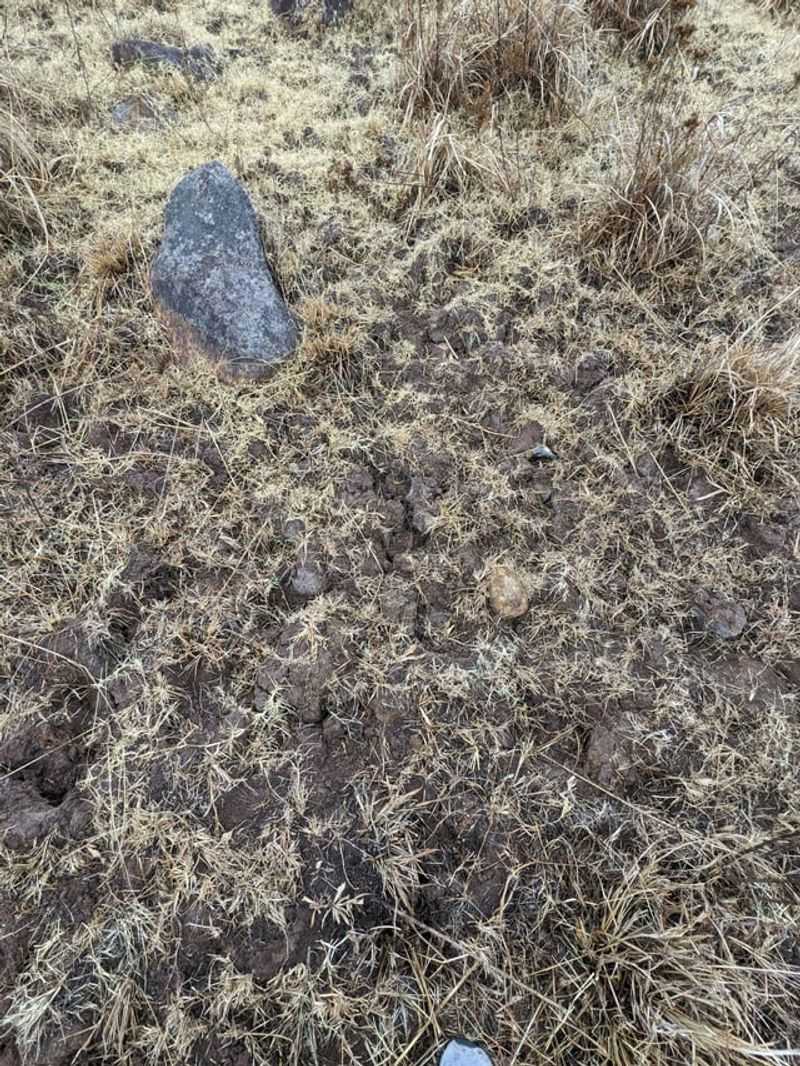Ever feel like your plants should be thriving—but they’re just not? The problem might not be your watering or sunlight… it could be the soil. That’s right—the stuff under your feet plays a huge role in your garden’s success. From nutrient imbalances to poor drainage, even small soil issues can hold your plants back. Let’s dig into the most common soil problems—and how to fix them—so your garden can finally bloom like it’s meant to!
1. Compacted Soil
Some soils are like a tightly packed suitcase; there’s no room left for anything else! Compacted soil can make it hard for roots to grow. To fix this, gently loosen the soil with a garden fork or tiller.
By allowing more air and water to reach the roots, your plants will find it easier to flourish. Regularly aerating your garden can prevent compaction, especially in high-traffic areas. Think of it as giving your plants a breath of fresh air!
2. Poor Drainage
When water sits around like an uninvited guest, plants can drown. Poor drainage is like giving plants too much of a good thing! To help, mix sand or organic matter into your soil to improve drainage.
If your garden always feels soggy, consider raising the beds or installing a drainage system. This way, your plants can drink when they’re thirsty without being overwhelmed. Water should always be a welcome visitor, not a permanent resident!
3. Nutrient Deficiency
Plants need nutrients just like we need our vitamins. When leaves turn yellow or growth slows, it might be a sign of a nutrient deficiency. Adding a balanced fertilizer or compost can provide the missing nutrients.
Test your soil to know exactly what it needs. With the right mix, your plants will stand tall and healthy. It’s like feeding them a delicious, balanced meal that keeps them happy!
4. Soil Acidity
Ever felt the sting of too much lemon juice? Plants can feel that way with acidic soil. If your garden’s pH is off, it can hinder growth. Use lime to sweeten overly acidic soils.
Regular testing helps keep your soil balanced. When soil pH is just right, plants can access the nutrients they need, making them as happy as a kid with candy!
5. Too Alkaline Soil
Imagine eating too many chalky antacids! Too alkaline soil can cause plants to struggle. Adding sulfur can lower the pH and make nutrients more available.
Testing your soil ensures you know exactly what’s needed. With the right adjustments, your plants will flourish like never before. It’s like giving them a spa treatment for their roots!
6. Salinity Issues
Salt isn’t just for the dinner table. High soil salinity can harm plants by pulling water away from their roots. Flushing the soil with fresh water helps leach out the salt.
Choose salt-tolerant plants if this is a recurring problem. Think of it as washing away the bad vibes so your plants can relax and grow strong!
7. Soil Erosion
When soil goes on a journey downhill, it’s not good for your garden. Soil erosion can strip away nutrients. Adding mulch or planting cover crops can help hold the soil in place.
With steady ground, your plants can grow without fear of losing their footing. It’s like anchoring your garden to the earth itself!
8. Pest Problems
Unwanted guests like grubs and nematodes can wreak havoc in your garden. These pests might be small, but their impact is mighty! Regularly check your soil and use organic treatments when needed.
Healthy soil makes it harder for pests to take over. It’s like putting a friendly guard at your garden’s gate to keep troublemakers out!
9. Insufficient Organic Matter
Think of organic matter as the energy bar for soil. Without it, plants can struggle to thrive. Adding compost enriches the soil and improves structure.
Regularly topping up your garden with organic matter is like giving it a hug of health. Your plants will grow strong and vibrant, ready to face the world!
10. Soil Contamination
Sometimes, soil can hide secrets that aren’t so sweet. Contamination from chemicals or pollutants can harm plants. Testing your soil for contaminants is vital.
Consider raised beds or replacing contaminated soil for a fresh start. Your garden deserves a clean slate to bloom beautifully. It’s like giving your plants a safe home to grow in!
11. Excessive Clay Content
Clay soil can feel like modeling clay in your hands. It’s thick and sticky, making it hard for roots to expand. Mixing in sand and organic matter can improve drainage and texture.
With these changes, your plants will find it easier to spread their roots and grow. It’s like transforming a stubborn lump into a welcoming garden bed!
12. Sandy Soil Issues
Sandy soil can feel like a beach, but it’s not the best for plants. Water drains too quickly, leaving roots thirsty. Adding organic matter helps retain moisture and nutrients.
With a bit more body, your garden can hold onto water like a sponge, keeping plants hydrated. It’s like giving your garden a much-needed drink on a hot day!
13. Soil Crusting
When soil forms a hard crust, it’s like a barrier keeping water and air out. Lightly breaking the crust with a hoe lets the good stuff reach the roots.
By regularly tending to the soil’s surface, you ensure plants get what they need. It’s like turning a locked door into an open gateway for health!
14. Excessive Root Competition
In a crowded room, it’s hard to breathe. Plants need space, too! Thinning overcrowded areas reduces root competition and gives nutrients and water a chance to reach every plant.
By giving each plant room to grow, you’re ensuring they all thrive happily. It’s like hosting a party where everyone has space to dance!
15. Soil Compaction from Foot Traffic
Heavy foot traffic can turn soil into a compacted path, making it tough for plants to grow. Adding stepping stones or paths helps direct traffic away from sensitive areas.
This way, your garden stays loose and airy, allowing roots to expand freely. It’s like creating a gentle path for your plants to flourish!
16. Wrong Soil Type for Plants
Not every plant likes the same soil. Matching plants with their preferred soil type is crucial. Check plant tags or research to know what they need.
When plants find their perfect home, they can grow without stress. It’s like finding the right pair of shoes for a long walk!
17. Poor Soil Structure
Imagine trying to build a house on shaky ground. Plants need stable soil structure to thrive. Aerating the soil and adding organic matter can improve structure.
With a solid base, plants can grow strong and healthy. It’s like giving them the foundation they need to reach for the sky!


